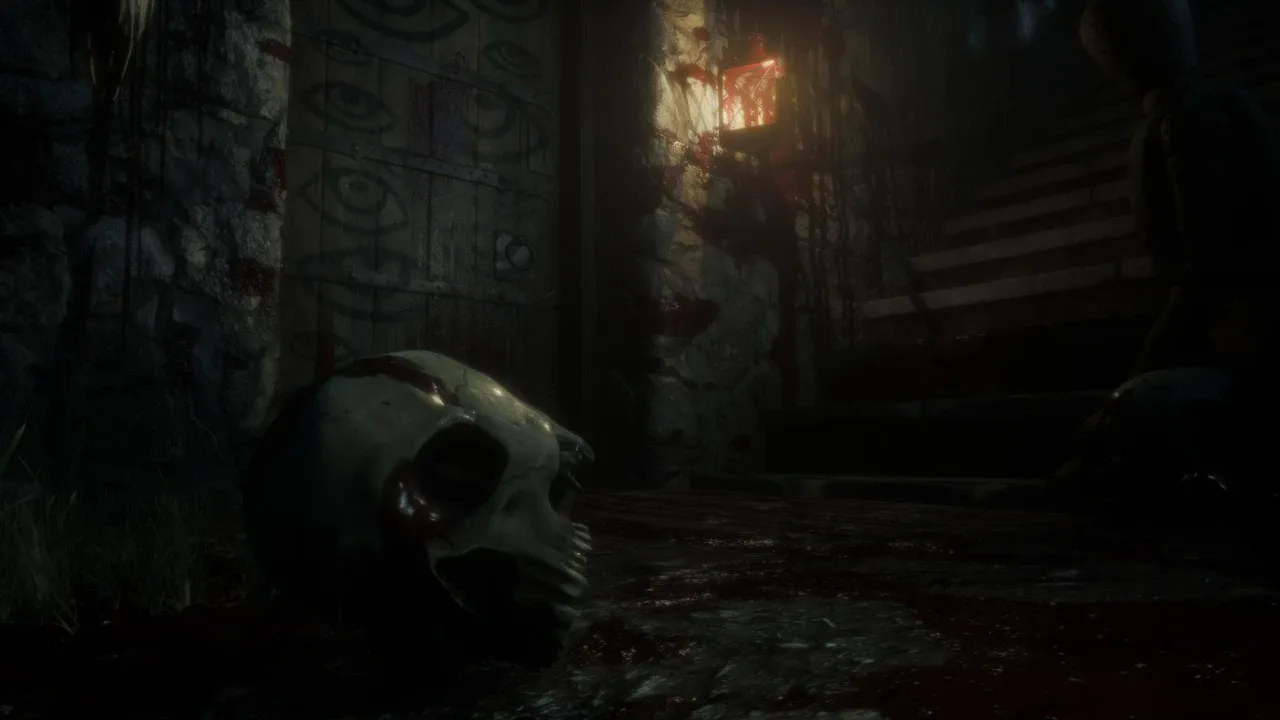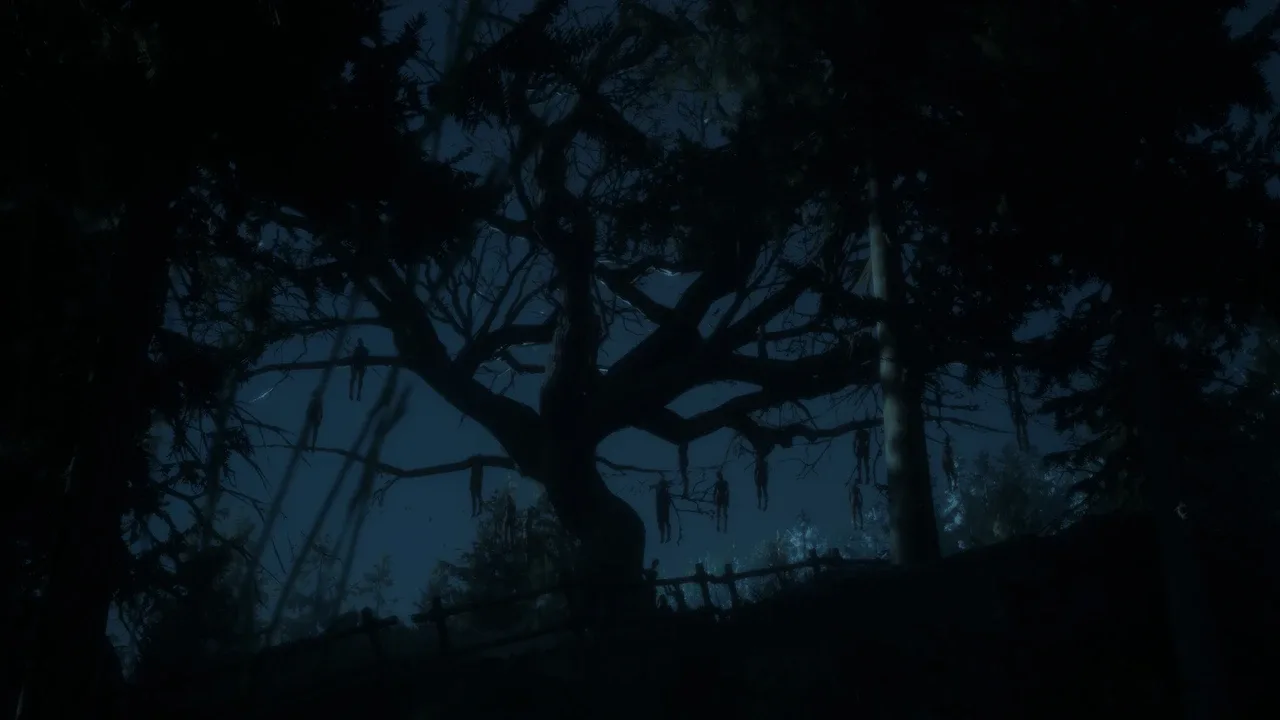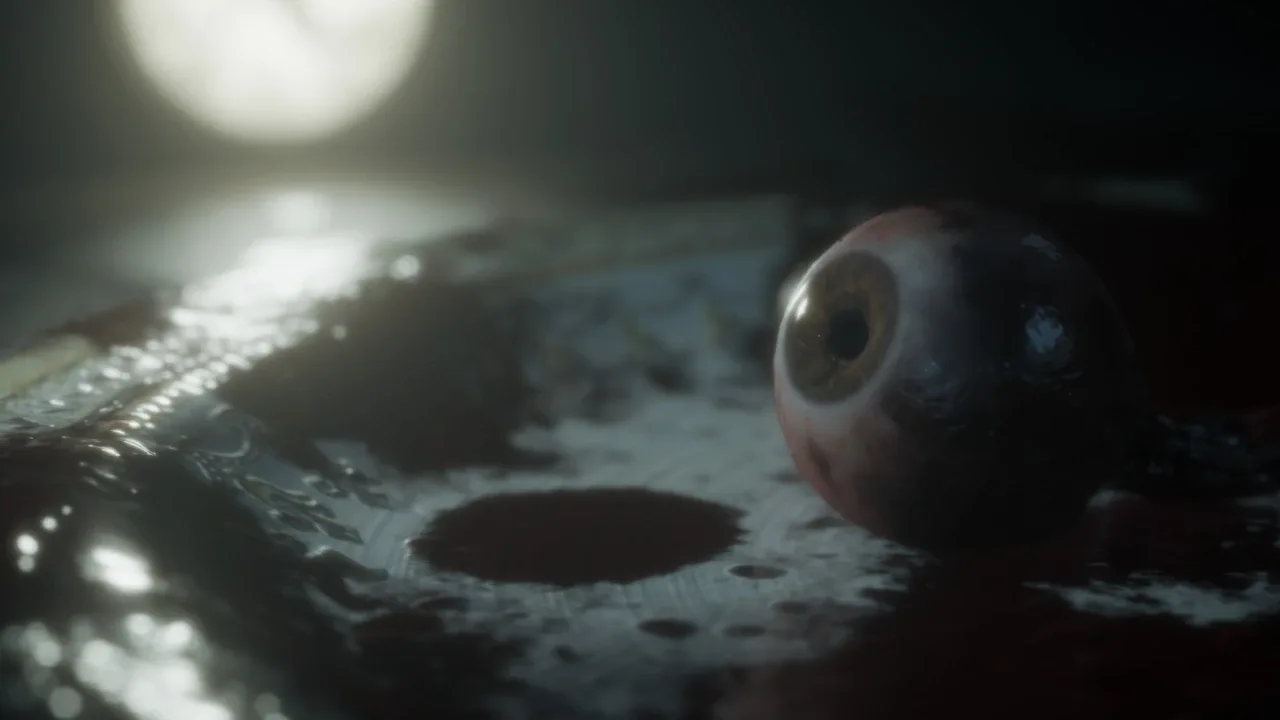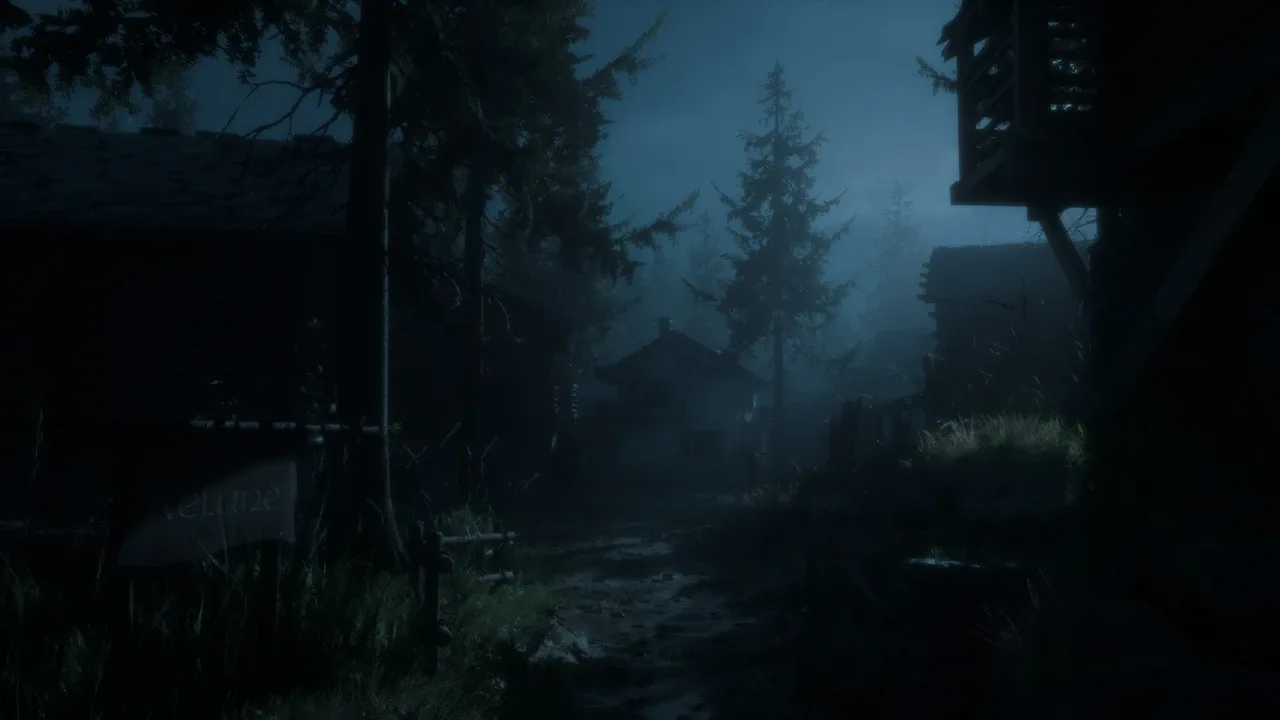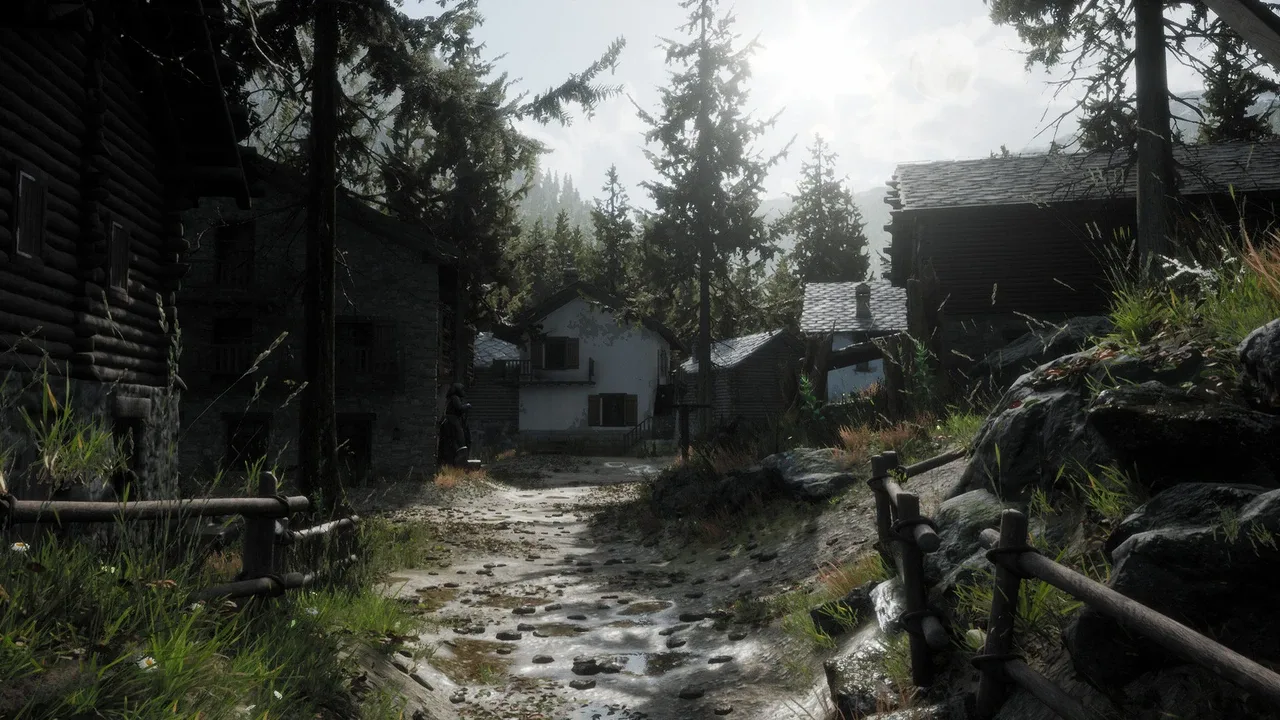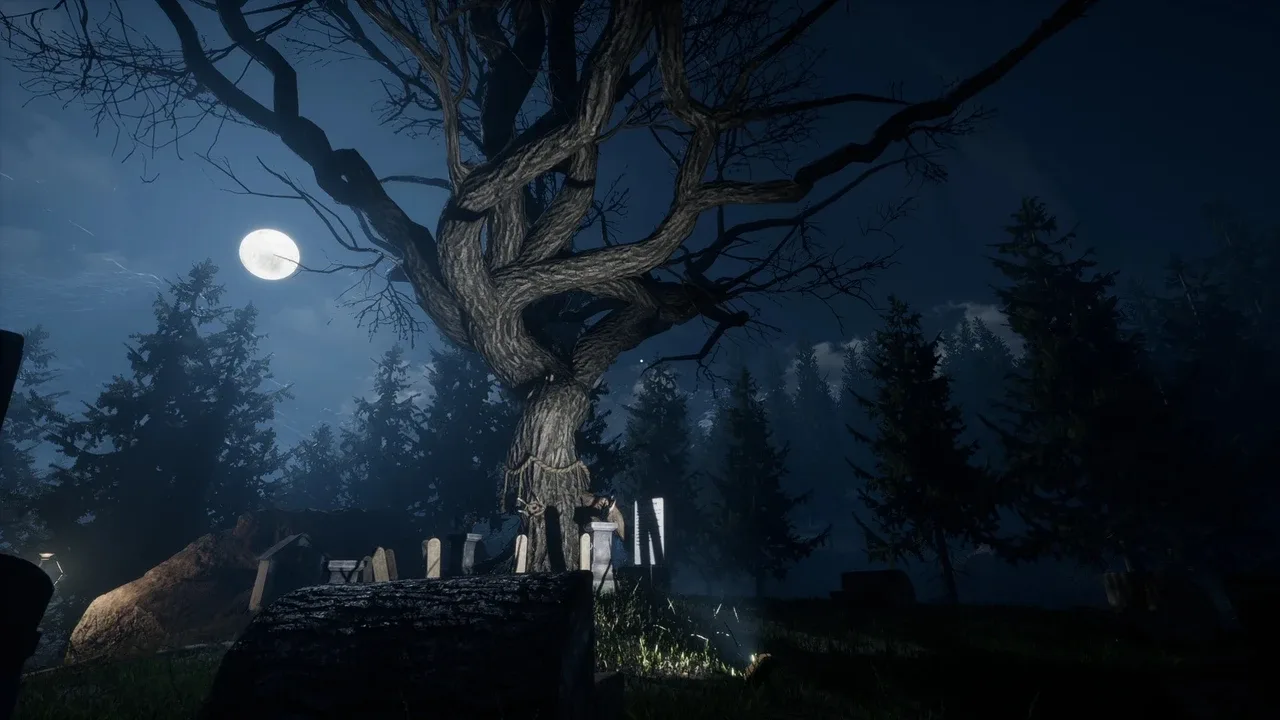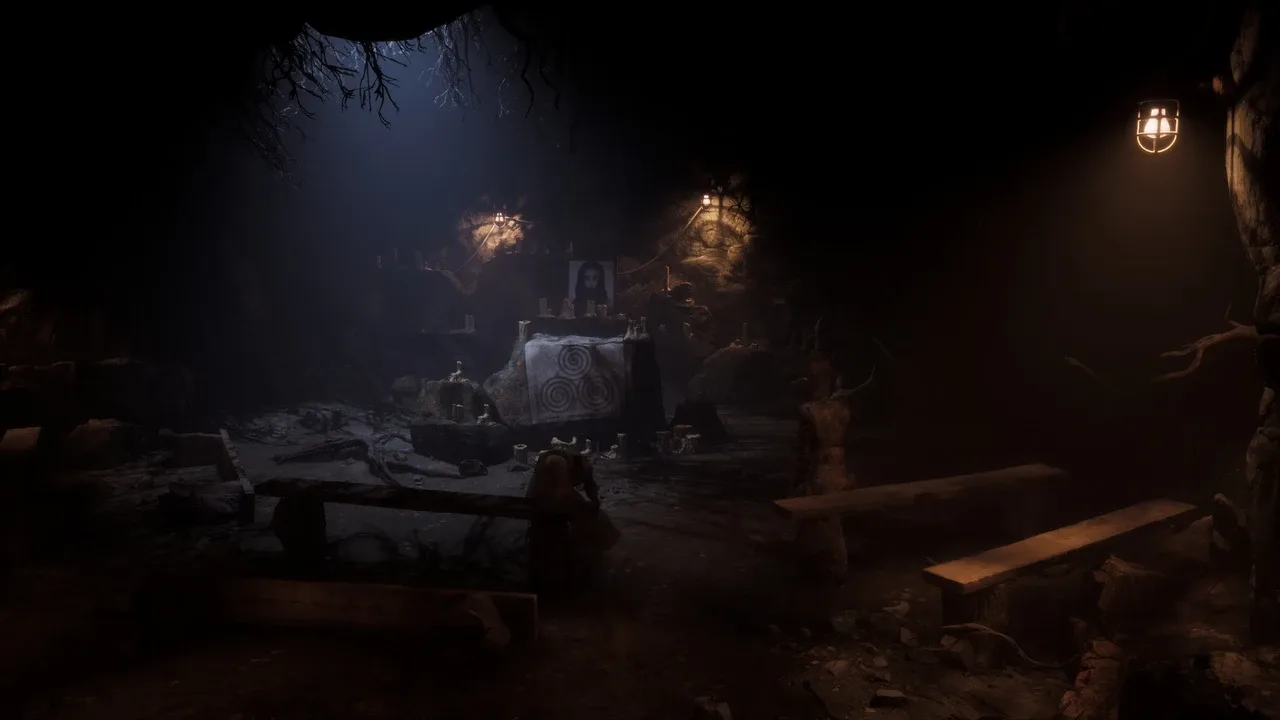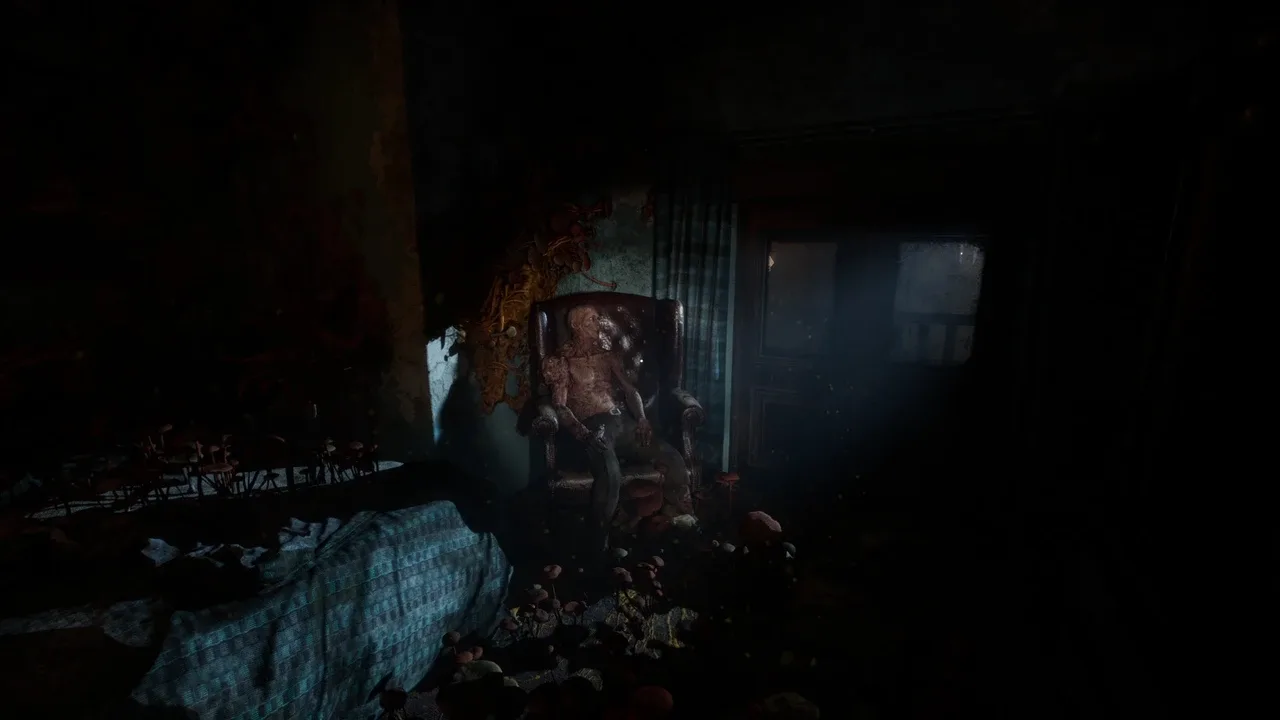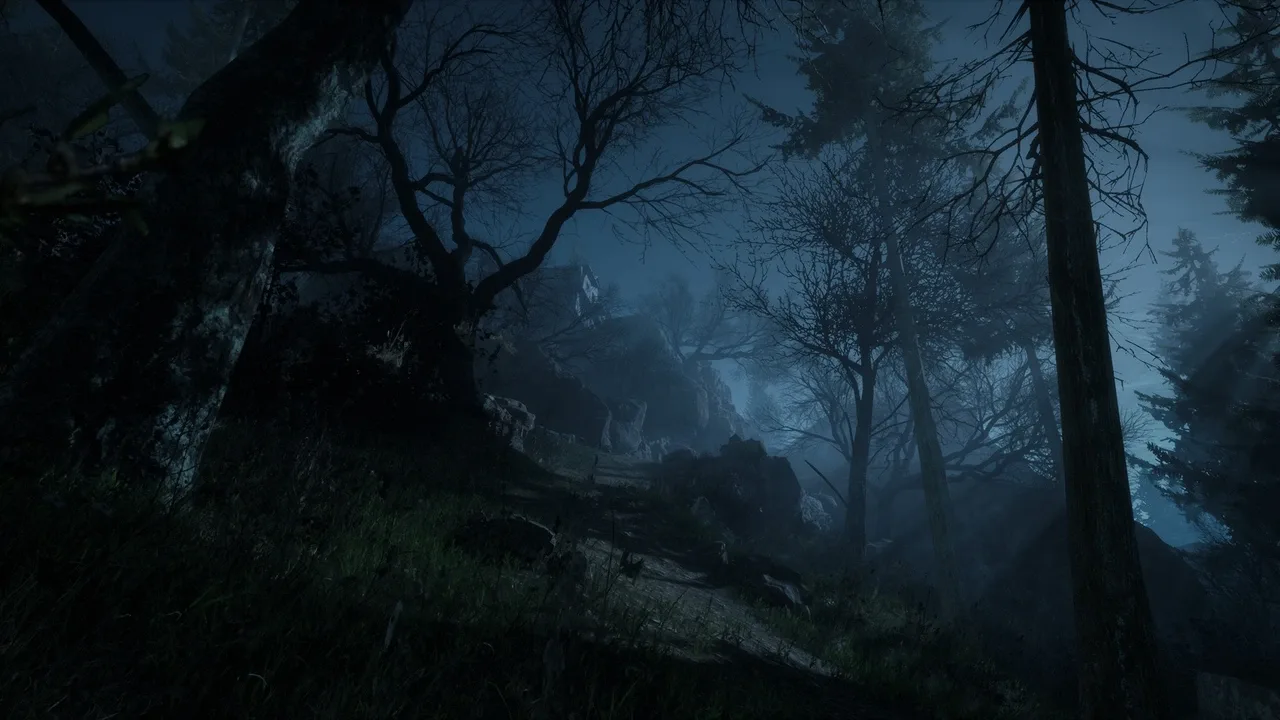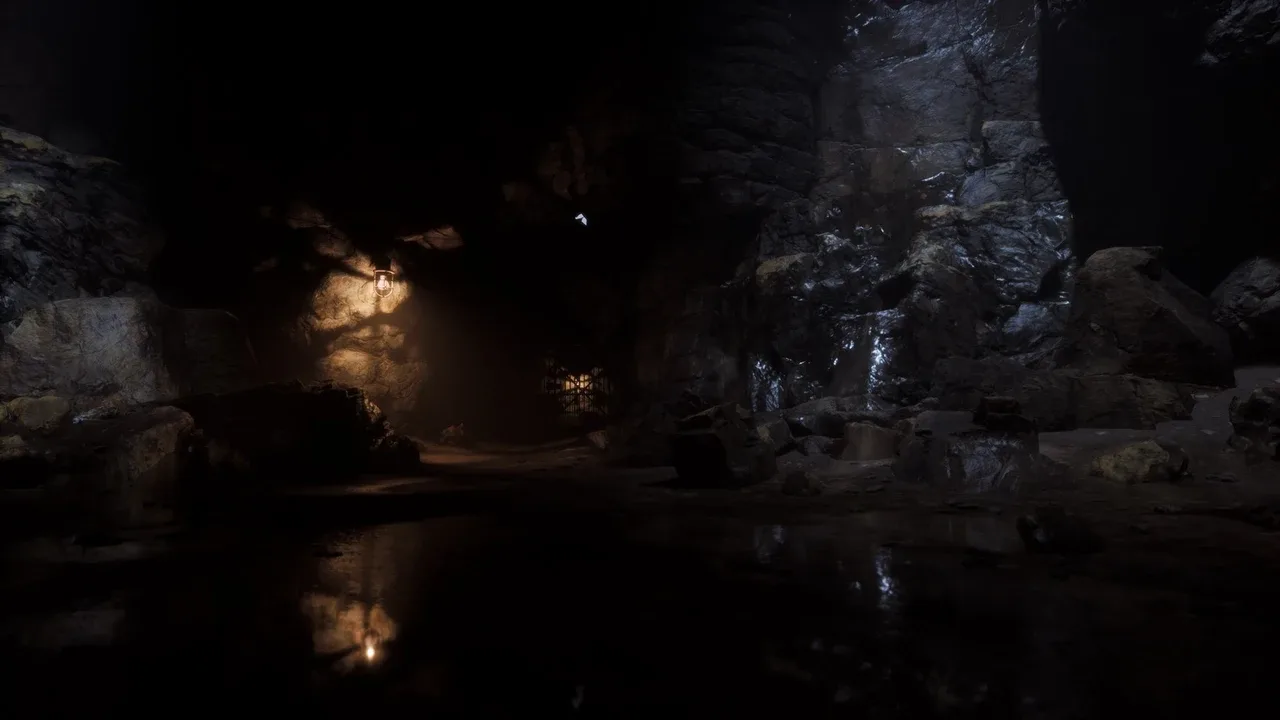Nascence
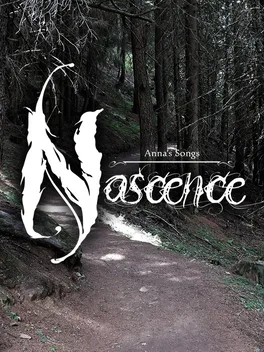
Buy
Part of collection:
Anna
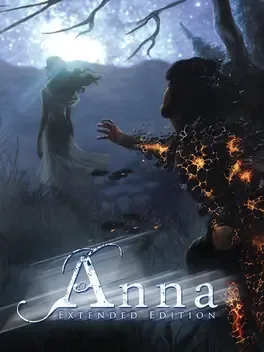
Anna is a first-person horror adventure that explores the darkest depths of the human psyche. Set in an abandoned sawmill nestled high in the mountains, Anna challenges you to uncover horrific clues and use them to solve puzzles related to your character’s dark past. As you play, Anna will change locations and unveil new secrets. The way you play will not only determine the mental health of your main character, but will also lead to one of three possible endings. Anna - Extended Edition has been given an overhaul based on the feedback of the thousands of players of the original Anna. It features more environments, more hours of gameplay, more puzzles, additional gameplay features, enhanced graphics and an improved interface. Anna - Extended Edition is sure to please fans of psychological horror games and offer an even more chilling gameplay experience with these new additions.
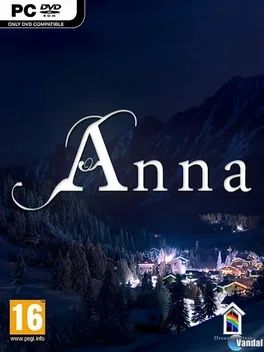
Anna is a 2012 puzzle video game for Microsoft Windows, OS X and Linux. Narratively a psychological horror set in an abandoned sawmill nestled high in the Italian mountains, Anna challenges the player to uncover horrific clues and use them to solve puzzles related to the player character's dark past. The player's behavior does determine the mental health of the main character and change locations and unveil new secrets leading to different endings. On 13 April 2013, the Extended Edition was released which added new environments, puzzles, user interface, music, improved graphics, and a new character. PLOT: The storyline of Anna concerns an amnesiac man who dreams of a sawmill in the mountains near his town. He decides to go there to find out its connection to his missing memories and a woman named "Anna" who seems to be calling out for him, and enters the house by solving puzzles in the garden. He becomes aware that the house is haunted after seeing several strange phenomena. As the protagonist explores, he begins to hear voices belonging to himself and the eponymous Anna, among others. Through these voices and texts found throughout the sawmill, he discovers that he has had an obsessive history with an ancient deity named Anna that he had since forgotten. However, the plot is ambiguous from this point; one interpretation holds that in times of yore, Anna would lure men into worship, causing them to murder those close to them or starve themselves at the feet of her statue, and after she seduced the protagonist, he murdered his own wife and children for threatening his relationship with Anna. The other interpretation paints the protagonist as the villain, meeting a human avatar of Anna in the forest and falling in love with her. However, after she left because of his obsession with her and abusive personality, he sacrificed children to summon her again. The game has three main endings; in an inversion of the norm, the more effort that is put into achieving an ending, the less optimistic the conclusion will be. In the first scenario, the protagonist concludes that Anna was burnt as a witch centuries ago and leaves the house, vowing never to return. In the second ending, the protagonist reminisces about Anna, realizes that he cannot live without her, and opens himself up to possession by her, joining the multitude of mannequins that are found throughout the house. In the third ending, the protagonist remembers killing his real wife after she defiled Anna's statue, and finds the statue, along with dolls of his children, in a small chamber. As the tunnel to the chamber caves in, he realizes that he will stay in the chamber forever, but he does not care because he has "Anna" with him. The plot is ambiguous due to the uncertainty of the protagonist as to whether or not the sawmill is real or merely a dream, as well as the strange phenomena that occur throughout the story and the vague and unconnected nature of the voices. DEVELOPMENT: Dreampainters, the development studio, based the story on legends from the Val D'Ayas region of Italy, particularly one about a sawmill where a lumberjack killed his family. They claimed that the game's focus was on mystery-solving and exploration, with the player being able to discover the plot at their own pace. One of Anna's particularly infamous features, the ability to pick up any object (no matter if it will be used later on in the game), was apparently based on the developers' hatred for adventure games and cartoons where the important objects were made more obvious to the viewer. Anna would reportedly have a feature whereby the game would interpret the player's actions to try and scare them; for example, if a player focused on a particular object for too long, that object would appear more often. However, no such feature appeared in the game. Dreampainters also claimed that the extent of the protagonist's descent into madness would determine the ending, but the ending was actually determined by when the player decided to leave the sawmill. RECEPTION: Anna received mixed reviews from critics. The graphics, story and sound were praised, but it was criticized for the obscurity of its narrative, complexity of its interface, and difficulty of its puzzles. The horror elements were both praised and criticized by different reviews; IGN said that the lack of death removed any sense of threat, while Zero Punctuation praised the horror but claimed the immersion was broken by the necessity of a walkthrough. It received a score of 49.13% on GameRankings and 55/100 on Metacritic.
Could be interesting
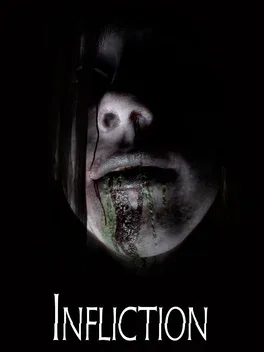
Infliction is a story driven first person physiological horror experience. Set in a regular suburban home, the story is told over alternating time periods spanning 13 years. Through environmental storytelling, Infliction tackles taboo subject matter. While you're discovering what has happened over the last 13 years, you're being stalked by an evil entity. Can you learn enough to vanquish the evil that lies within this family home or will you become a victim?
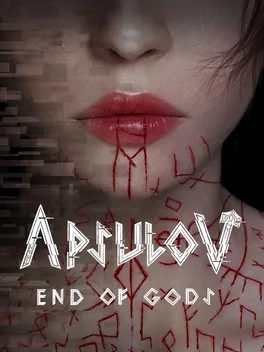
You awake in a sanctuary of steel and concrete, built to honor the Nordic Gods and to house an artifact, buried in the earth aeons ago. Unveil the secrets of the inhabitants, the artifact, and the nine realms of Yggdrasil in Apsulov: End of Gods.
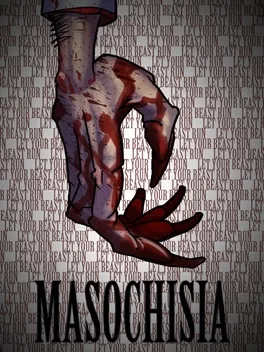
A young man discovers through a series of hallucinations that he will grow up to become a violent psychopath. How will he respond to these revelations? Can he change his fate? Can you even... change fate...
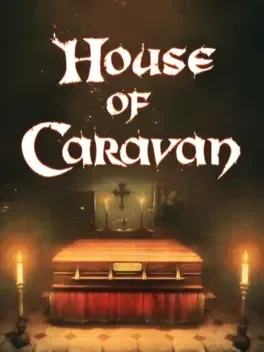
Taking place in a single mansion in Candlewood, northeast USA, in the early 20th Century, House of Caravan is a sinister adventure filled with dark secrets and vexing puzzles.
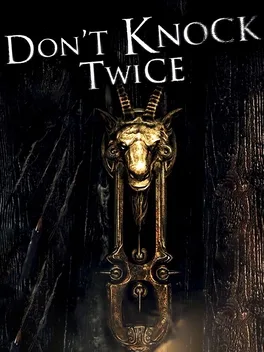
Don't Knock Twice is a first-person horror game based on a psychologically terrifying urban legend. To save her estranged daughter, a guilt-ridden mother must uncover the frightening truth behind the urban tale of a vengeful, demonic witch. One knock to wake her from her bed, twice to raise her from the dead. Explore a grand manor house and interact with almost every object you see. To find and save your daughter, you will explore all depths of the manor, searching for hidden clues and using items to fight or escape the terror that surrounds you. The game is based on the film, Don't Knock Twice, starring Katee Sackhoff (Battlestar Galactica) and directed by Caradog James (The Machine).
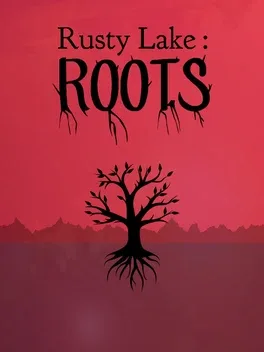
James Vanderboom's life drastically changes when he plants a special seed in the garden of the house he has inherited. Expand your bloodline by unlocking portraits in the tree of life.
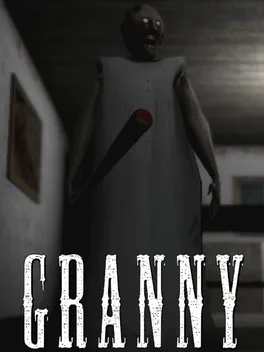
Welcome to Granny. Granny keeps you locked in her house. Now you have to try to get out of her house, but be careful and quiet. She hears everything. If you drop something on the floor, she hears it and comes running. You can hide in wardrobes or under beds. You have 5 days. Good luck! The game contains advertisement.
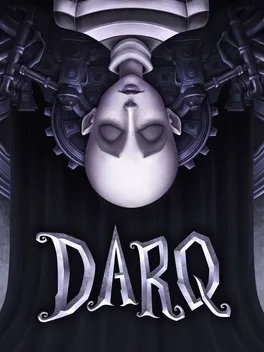
Darq tells the story of Lloyd, a boy who becomes aware of the fact that he is dreaming. To Lloyd's misfortune, the dream quickly turns into a nightmare and all attempts to wake up end in failure. While exploring the darkest corners of his subconscious, Lloyd learns how to survive the nightmare by bending the laws of physics and manipulating the fluid fabric of the dream world.
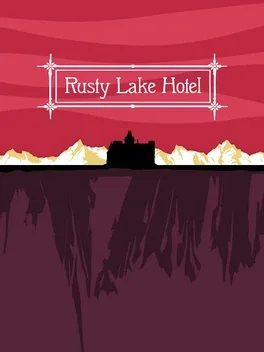
Welcome our guests to the Rusty Lake Hotel and make sure they will have a pleasant stay. There will be 5 dinners this week. Make sure every dinner is worth dying for. Rusty Lake Hotel is a mysterious point and click game developed by the creators of the intriguing Cube Escape series.
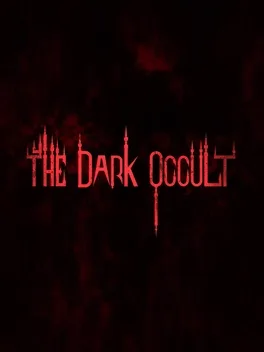
The Dark Occult is a psychological driven horror game that puts players in a constant state of anxiety that crescendos into raw panic and terror. You will encounter grotesque creatures, who will take your life at any moment.Your only goal -- survive.












